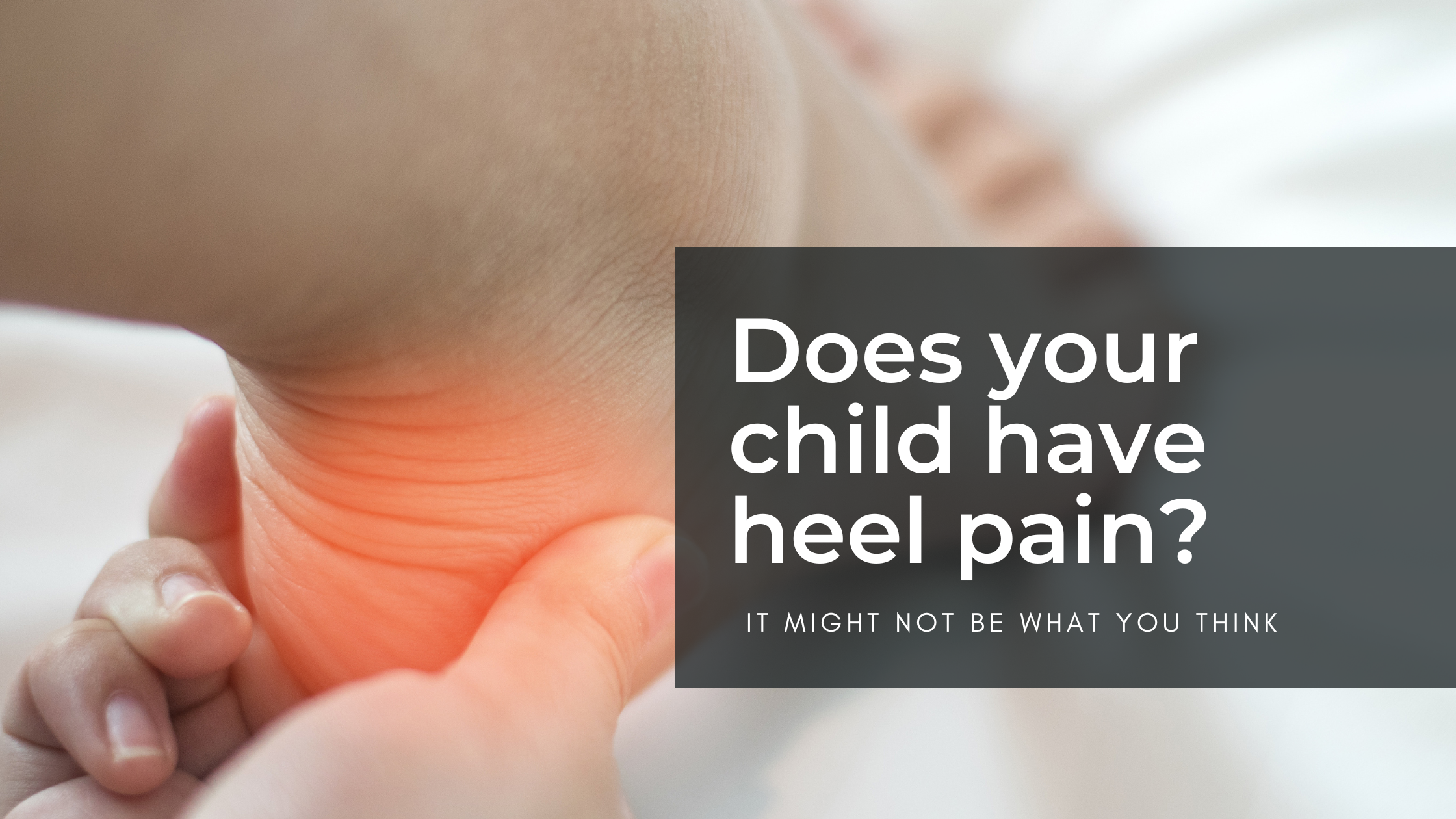
Does your child mention pain at the back of their heel? Do they limp after sport? Are they aged between eight and 12? It could be Sever’s Disease – which is not a disease really but more of an injury. Sever’s is the name of the guy who first described it, over 100 years ago!
We call it calcaneal apophysitis, a type of growing pain where the growth plate in the heel bone becomes inflamed and angry. It’s commonly seen at the beginning of the sport season or during a spike in activity and is associated with overuse. Because the heel bone (calcaneus) isn’t fully developed in children, when the area is stressed, it can lead to inflammation.
Causes
While all children have a growth plate as they’re developing, not all children will experience pain. Excessive forces through the heel are mainly to blame in an active child. If the calf is tight, the Achilles tendon attachment may pull on the back of the heel. This creates friction in the growth plate. Direct pressure from the ground can also compress the bottom of the growth plate contributing to pain.
Some contributing factors of Sever’s Disease are:
- Sudden increase in activity
- High volume and frequency of activity
- Sports which require explosive movements
- Hard surfaces
- Insufficient foot and ankle support, for example from flexible soccer boots
- Stiff ankles or tight calves
- High arches or flatter feet
Diagnosis
Often we see the child limping, sometimes walking on their toes.
Diagnosis is best made via a thorough history, symptoms and a physical examination. Most commonly, direct palpation of the growth plate, and a ‘squeeze test’ of the heel can confirm diagnosis. An x-ray is not required for diagnosis; in fact, all that does is show that the growth plate exists – which of course it does in adolescents.
Treatment
The good news is, even if you do nothing, the growth plate will fuse one day as the foot matures. However, it doesn’t mean your child should suffer in pain. Treatment is based on reducing symptoms and improving function. Here, pain management is key, for example using Dencorub before sport and icing afterwards.
The child should only cease sport if the pain is above a 3/10 on the pain scale (10 being the worst) or if it’s causing a limp.
Initially, favour a slightly higher heel in the shoe for the short term; the addition of a soft heel raise from a podiatrist can help. You should also restore normal range of motion of the ankle and foot if that was a contributing factor. Manual therapy including release work, stretching and soft heel wedges all work well.
Moving forward, strength of the calf and foot is key to prevent return. Sometimes orthotics can help stabilise the rearfoot too.
Other considerations include glute and general leg control, footwear analysis and running technique work.
Accurate diagnosis is important, so don’t be afraid to ask for help. We can’t accelerate the maturity of the growth plate, but we can reduce pain, improve function and help maintain a happy active child.
Phil de Mestre
Sports Podiatrist – Running Science
